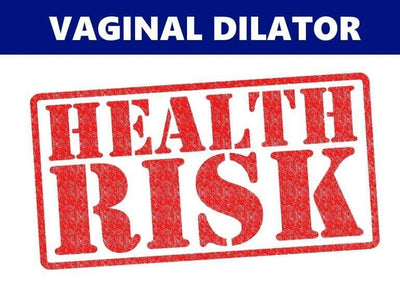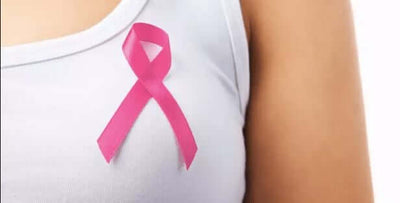
| Caroline Knight
All About Bacterial Vaginosis, the Vaginal Imbalance
The first time a woman gets bacterial vaginosis (BV), it can be a little disturbing. However, it is simply a case of rebalancing the pH level in the vagina for things to return to normal. When you develop bacterial vaginosis, it’s normal to feel a little insecure and perhaps embarrassed, as it is one of those imbalances that you can’t really ignore; after all, it tends to put a dampener on your sex life, for one thing.
That’s because at times the symptoms of bacterial vaginosis are quite hard to conceal. The imbalance is often characterized by a fishy smell and excessive discolored discharge. In severe cases, the smell can be so strong that it even permeates clothing.
In this article we’ll talk about what bacterial vaginosis is, how you get it and what you can do about it.
What is bacterial vaginosis?
We’ll start by saying that bacterial vaginosis is almost always nothing to worry about. Phew. However, as with other vaginal infections, if left unchecked, it can cause later complications. BV is simply an imbalance in the vaginal pH, but it can cause symptoms that resemble sexually transmitted disease symptoms. However it is not a sexually transmitted disease; it is merely disrupted balance that results in a vaginal infection.
The pH of your vagina is acidic. It will sit somewhere at between pH 3.8 and 4.5. This helps to keep the levels of bacteria and fungus manageable so that no organisms can take over the area and create an imbalance. There are bacteria living in the vagina that secrete lactic acid and hydrogen peroxide, keeping it at the right level of acidity. These are called lactobacilli bacteria.
When they are disrupted or killed by some other bacteria or substance, the lactobacillus cannot maintain the required acidity levels and infection can take hold. This allows anaerobic organisms to take over, and the result is BV.
What causes bacterial vaginosis?
It may be comforting to know that bacterial vaginosis is very common. When you see the laundry list of everyday causes, you’ll know why! There are many things that can change the pH level in your vagina, but these are some of the usual suspects:
- Hormonal changes/getting a period/pregnancy
- Antibiotic use
- Excessive cleansing/douching
- Harsh or perfumed product use
- Non-breathable underwear
- IUD (intrauterine device, or ‘coil’)
- Semen
What are the symptoms of BV?
The symptoms of bacterial vaginosis are pretty easy to spot when you know what you’re looking for. Although intensity varies from woman to woman, these are the most common bacterial vaginosis symptoms:
- A fishy, unpleasant odor
- Watery, lumpy or creamy discharge
- Grey/white/yellowish-green discharge
- Cloudy urine
- Some degree of irritation or itching (less common)
You may find that your BV symptoms get worse during your period, and during or after sexual intercourse. It should be noted that some women don’t experience any symptoms at all, but still have BV. That’s why it is important to get swabbed from time to time, at a regular sexual health check up.
How can you treat BV?
Firstly, you must treat your bacterial vaginosis symptoms seriously. This is because eventually, if left untreated, it can turn into pelvic inflammatory disease, which brings its own set of problems. It can also increase your susceptibility to other infections. Pregnant women should take extra to treat it as vaginal infections can cause pregnancy complications.
You should always get screened if you notice any changes, since you won’t want to mistake STIs like trichomoniasis or chlamydia for BV. If it is just BV, know that is pretty easy to treat in most cases. Although some women find that it recurs from time to time or sticks around for a while, usually it will respond to treatment one way or another. Sometimes it will simply clear up on its own, but it is better not to wait too long for that to happen.
Allopathic BV treatments often consist of antifungal creams or antibiotics. These can create other problems though – so we recommend trying some of these natural treatments. They won’t be harsh on your body and can help restore your vaginal pH to what it should be:
- Natural yogurt (eaten or topically applied)
- Probiotic foods and supplements
- Garlic (eaten or topically applied – some women insert a garlic clove on a string!)
- Hydrogen peroxide
- Tea tree oil and witch hazel on cotton pads (topical)
- Apple cider vinegar or baking soda sitz baths
- Neem oil/bark or other natural anti-fungal products
Remember to avoid douching, wear breathable cotton underwear, and use condoms (if your partner’s semen seems to be causing it). Avoid tampons containing harsh chemicals, keep your immune system happy and you should be well on your way to beating bacterial vaginosis for good.














